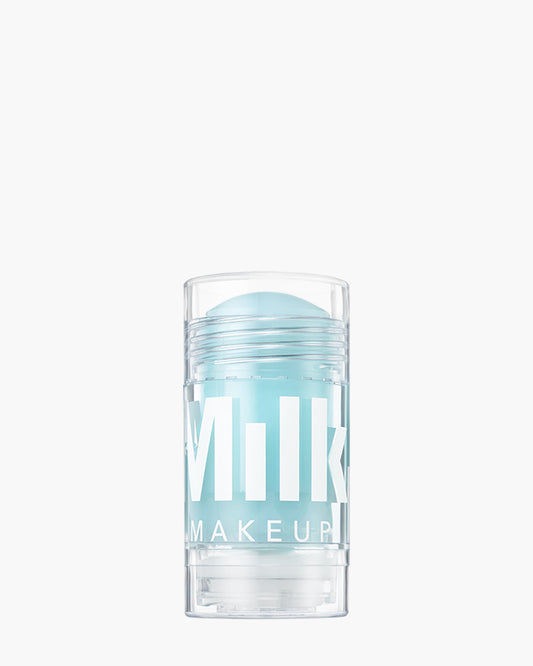If you’ve been anywhere on the internet in the past few months, you’ve likely run into skin cycling. The term, coined by New York City board-certified dermatologist Whitney Bowe, M.D., isn’t just another #SkinTok phenomenon. The concept, which entails cycling through your skincare products every few days, actually has roots in longtime dermatology advice. It’s a way to get the most out of powerful active ingredients—such as retinol and alpha hydroxy acids—without stressing out your skin barrier.
Still, that doesn’t mean it necessarily works for all people and skin types, since everyone is different. With that in mind, we asked top dermatologists to walk us through the pros and cons of a skin-cycling routine.
What is skin cycling?
“Skin cycling is essentially rotating different skincare products each night. It helps you spread out the active ingredients to prevent your skin from getting overwhelmed,” says David Kim, M.D., a dermatologist in New York City. It’s a strategic way to incorporate active ingredients that involve skin cell turnover (which can inadvertently impair the skin barrier) into your routine without having to deal with the usual consequences, like dryness, flaking, and irritation.
For that reason, “skin cycling is most helpful for products that can be harsh to the skin, such as vitamin A-derivatives, like retinol and retinoic acid, or exfoliating acids, such as glycolic acid and lactic acid,” he says. Your personal routine can be longer or shorter, depending on the skin-cycling products you use, since your skin concerns and goals are unique to you.
|
|
|
How does skin cycling work?
For most patients, Greenwich, CT dermatologist Kim Nichols, M.D. recommends a four-day skincare routine. She suggests “chemical exfoliation, followed by retinol, and two days of downtime to limit potential for irritation and maintain a healthy skin barrier,” she says.
The baseline for each day should be a gentle cleanser and either a moisturizer or hydrating serum, such as one with hyaluronic acid; on your “off” nights—that’s all you need to use. For instance, melt away makeup and grime with Hydro Ungrip Makeup Removing Cleansing Balm, replenish with our Sunshine Oil or Vegan Milk Moisturizer, then follow with either your exfoliant, retinol, or nothing at all, depending on the day.
You can always take things to the next level if your skin feels comfortable. “As skin builds up a tolerance, you can of course increase exfoliation and retinol to be every other night consistently, but it is always best to consult with your board-certified dermatologist prior to making shifts in your current skincare routine,” she says.
What are the benefits of skin cycling?
“In essence, the main benefit to skin cycling is to limit any adverse reactions or irritation to the varying active ingredients in your skincare,” says Dr. Nichols. “And when using chemical exfoliators and retinols, starting slow and making sure to hydrate is a must.” In other words, by preventing you from using potent (and potentially irritating) actives too frequently, skin cycling serves to keep your skin barrier strong and healthy.
|
And, since everyone has a skin barrier, it can be beneficial across all skin types and concerns, even for those with acne-prone skin. However, “it has to be customized to your skin type,” says Dr. Kim. “For example, if you have oily skin and can tolerate exfoliating acids more than once a week, try to increase the frequency so you can maximize the benefits of the active ingredients. There is a delicate balance between too infrequent and too frequent.” Also, keep in mind that “results will vary, and what works for one person may not work for another,” says Dr. Nichols. “But overall, depending on which products you use, you can expect a healthier, brighter complexion.” Are there any potential downsides to skin cycling?Like many things in life, skin cycling can entail some trial and error. Depending on the skin-cycling products you use, you might need three days of downtime between your exfoliation and retinol days, or maybe your skin is satisfied with just one. You can tailor it based on how your skin seems to handle a given active ingredient. “If you think you can tolerate retinol more frequently, you should try to adjust the routine to accommodate that,” Dr. Kim says. Newbies, however, should still err on the side of caution. “Like any change in a routine, there is potential for initial irritation, dryness, or redness when implementing skin cycling,” says Dr. Nichols. “It takes time for your skin to get used to a new product, ingredient, or regimen—no matter how careful you are.” Ultimately, however, a skincare-cycling routine is one of the rare trends that works for most people, making it worth a shot if you’re looking for results without wrecking your skin barrier. |
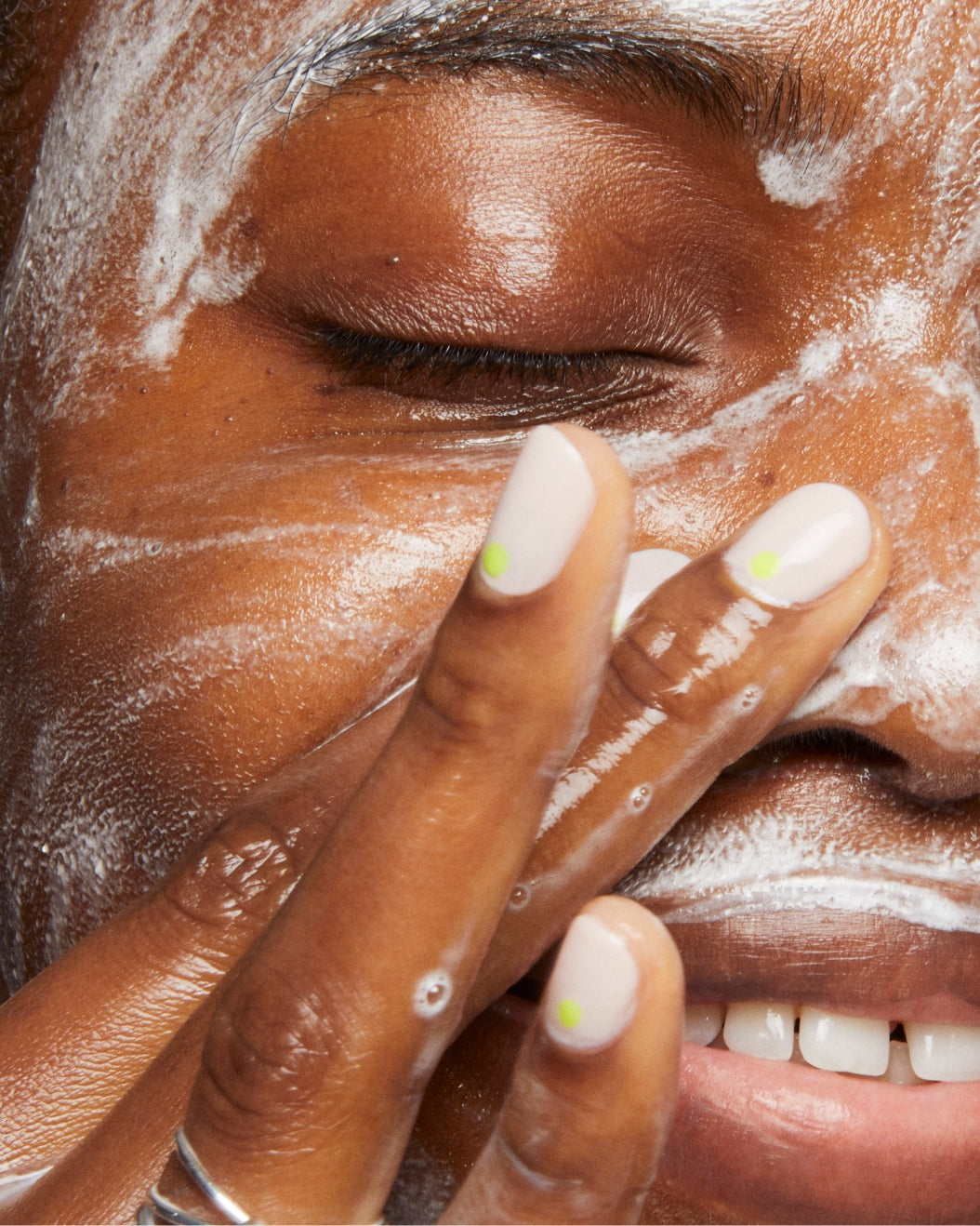 |
Meet the Experts
Kim Nichols, M.D. (she/her) is a Harvard-trained, board-certified dermatologist that treats both cosmetic and medical skincare concerns. She has been recognized worldwide for her artistic expertise in administering injectables that yield natural-looking results for clients. Dr. Nichols graduated cum laude from Harvard University, attended NYU School of Medicine, and completed her dermatology residency at King-Drew/Harbor-UCLA Medical Center, where she served as Chief Resident. In 2013, Dr. Nichols opened her own practice, NicholsMD of Greenwich, and has since opened SkinLab by NicholsMD and NicholsMD of Fairfield.
David Kim, M.D. (he/him) is a board-certified dermatologist at New York City’s Idriss Dermatology. He is a member of the American Academy of Dermatology, American Society of Dermatologic Surgery, American Society for Laser Medicine and Surgery and the Women’s Dermatologic Society. Prior to his dermatologic training, Dr. Kim was a research assistant at Harvard focusing on issues related to HIV/AIDS, TB, and malaria, and he even worked for a number of luxury fashion brands in Paris, too.
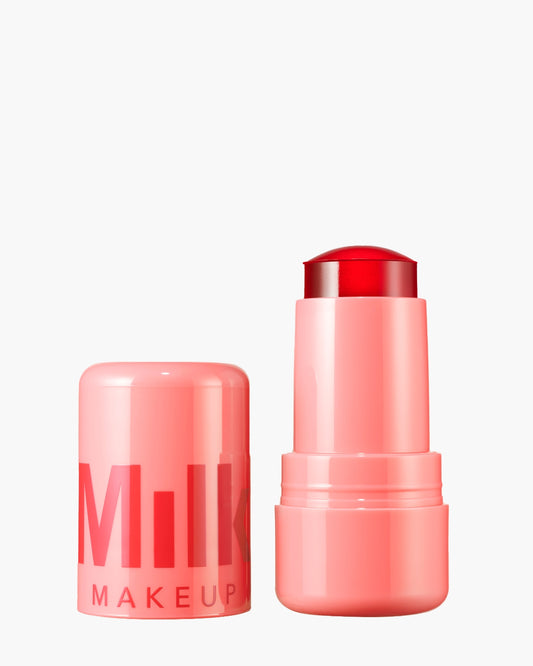
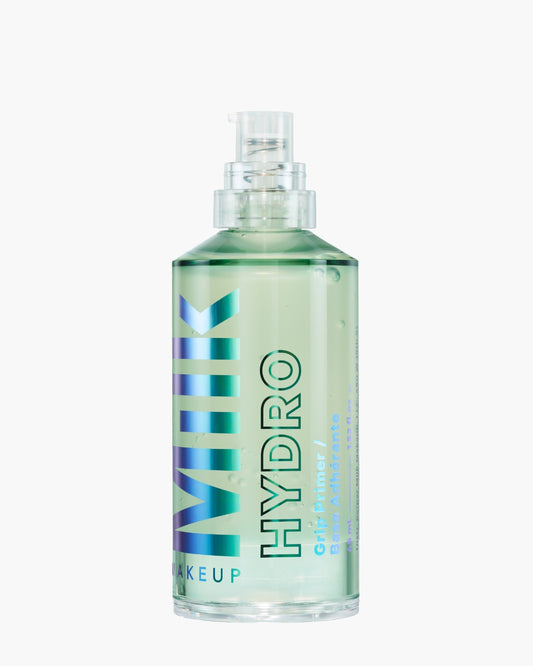
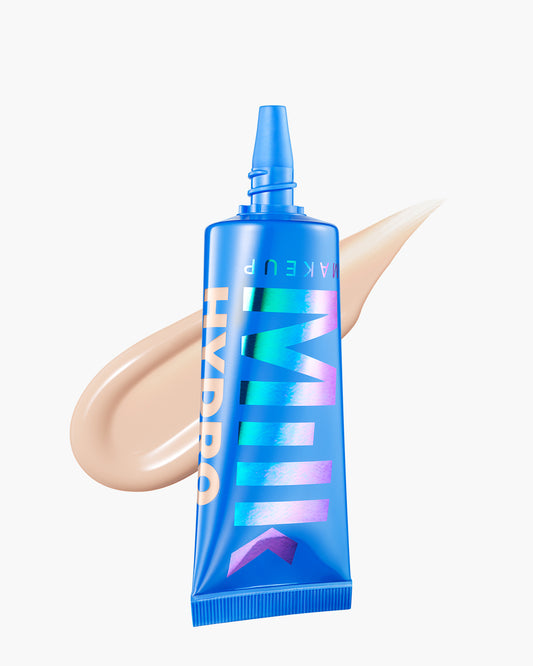
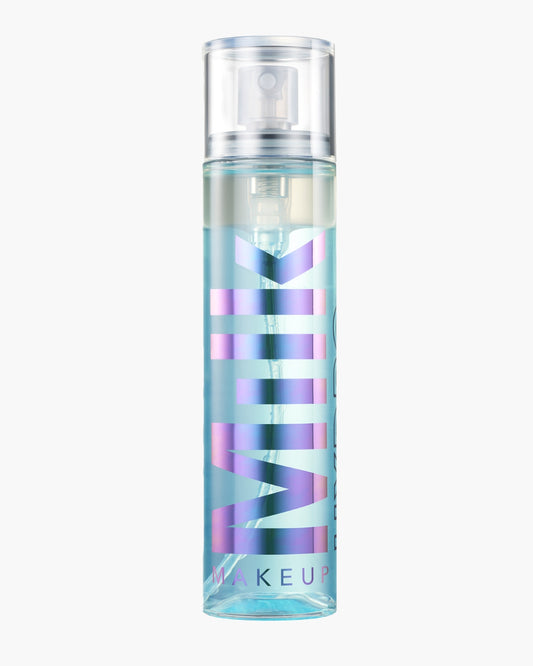
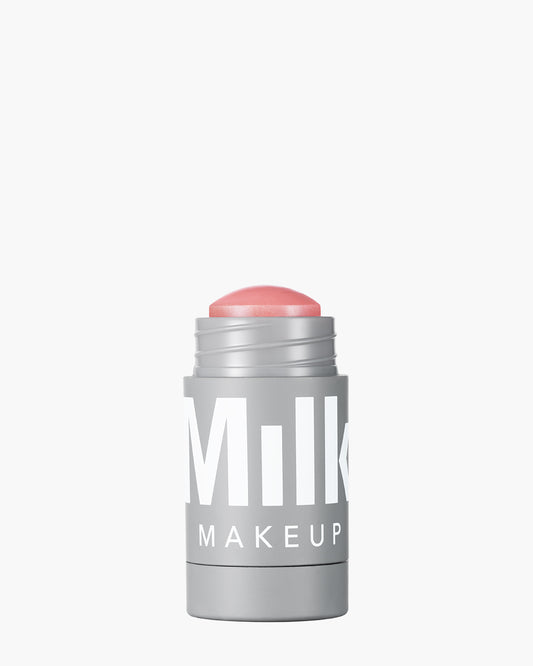


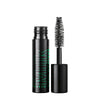
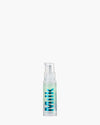



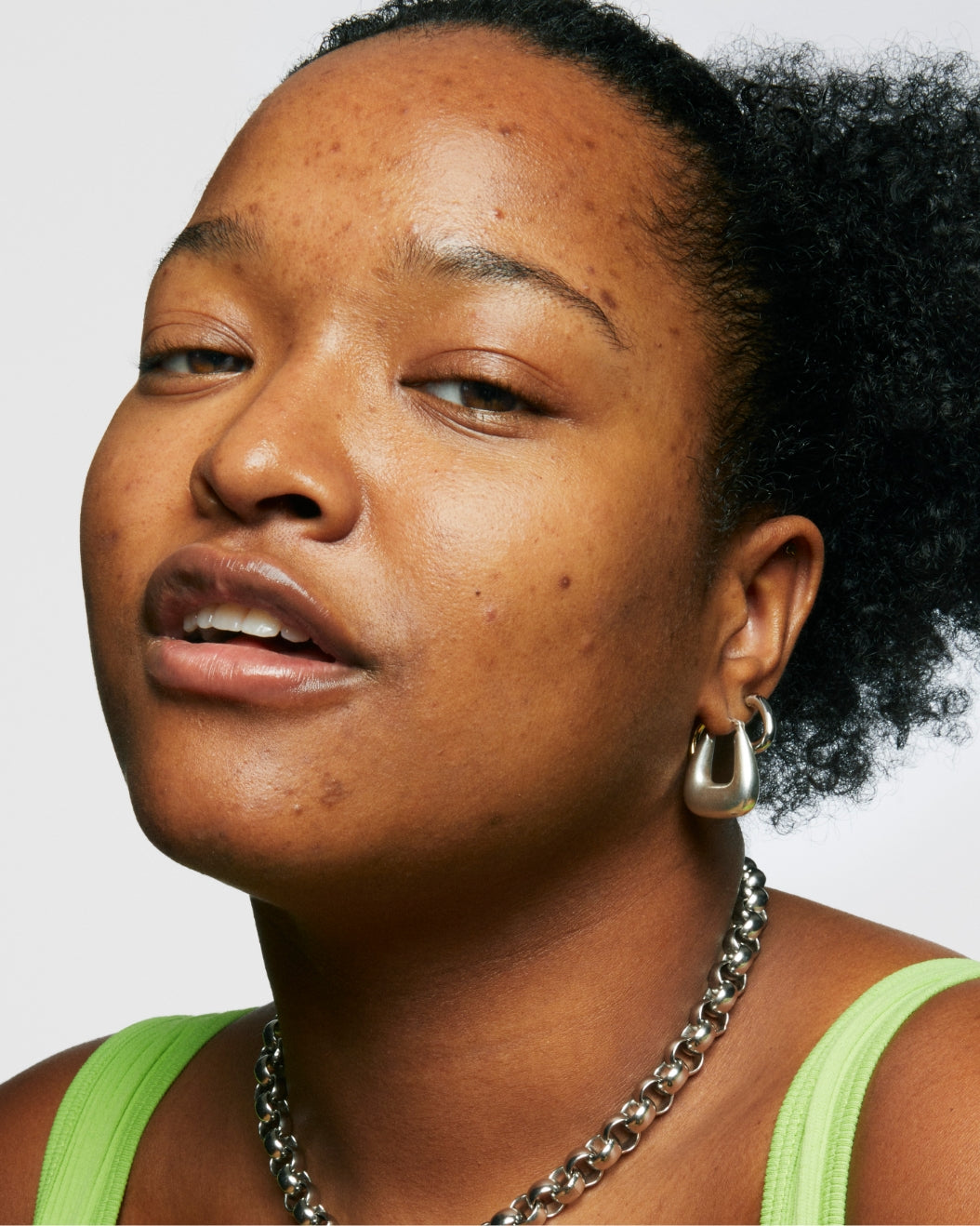
 "
"

